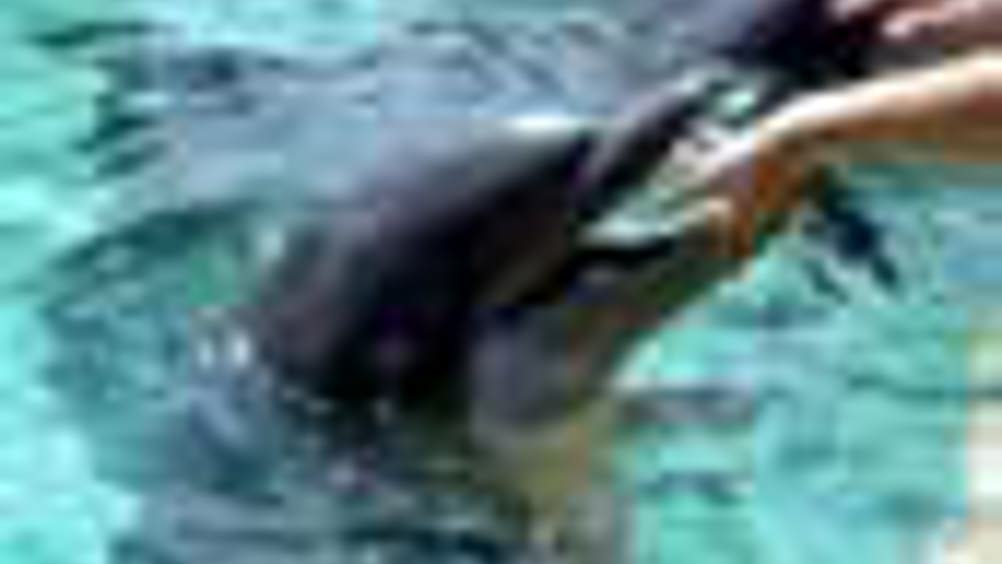Sound system

Work starts this week to develop a new generation of sonar technology, based on the biological systems found in bats and dolphins.
A consortium of UK university researchers has been awarded £3.4m by the EPSRC to harness these natural acoustic abilities and in a four-year programme will apply them to a range of engineering disciplines such as biomedicine and underwater sonar.
Bats and cetaceans such as dolphins and porpoises have vastly superior capabilities to existing sonar technology in resolution, object identification and material characterisation.
Past projects have made little progress in directly copying biological sonar systems. But it is now hoped that with sufficient funding and by bringing together for the first time all the relevant experts in biology and engineering, it will be possible to make a breakthrough in high-resolution acoustic imaging and physical characterisation of objects with sonar.
The technology, which would also have a range of applications in materials characterisation and non-destructive evaluation, would be especially valuable in the search for natural resources such as oil and gas beneath the seabed.
Register now to continue reading
Thanks for visiting The Engineer. You’ve now reached your monthly limit of news stories. Register for free to unlock unlimited access to all of our news coverage, as well as premium content including opinion, in-depth features and special reports.
Benefits of registering
-
In-depth insights and coverage of key emerging trends
-
Unrestricted access to special reports throughout the year
-
Daily technology news delivered straight to your inbox










Water Sector Talent Exodus Could Cripple The Sector
Well let´s do a little experiment. My last (10.4.25) half-yearly water/waste water bill from Severn Trent was £98.29. How much does not-for-profit Dŵr...